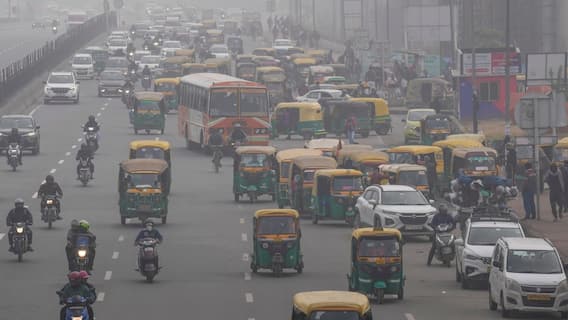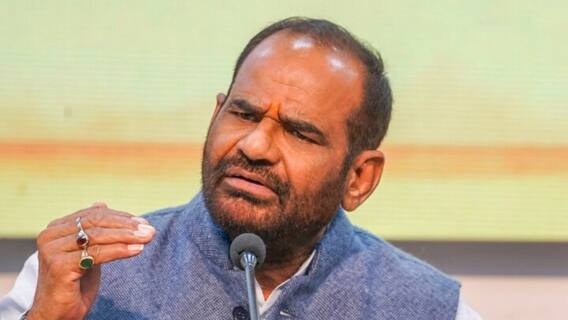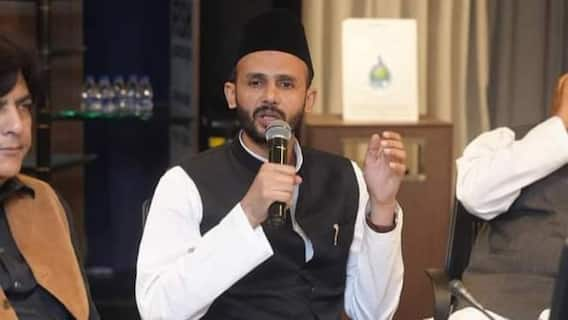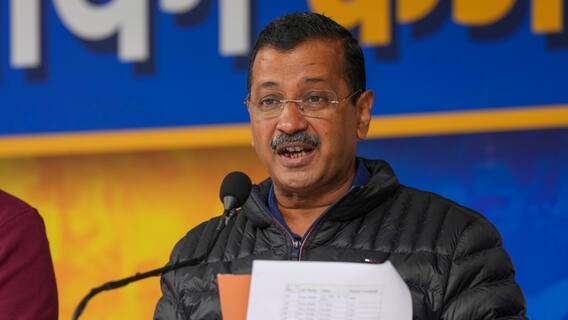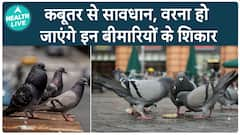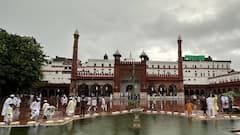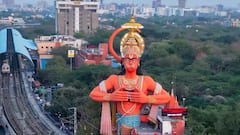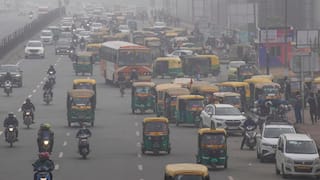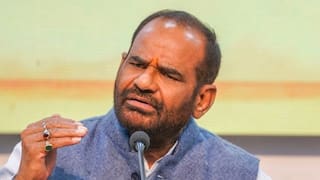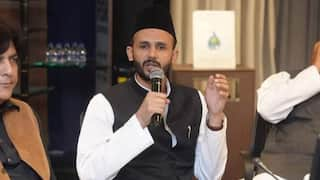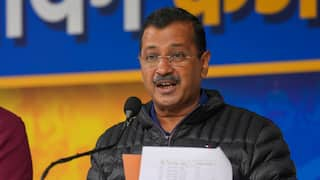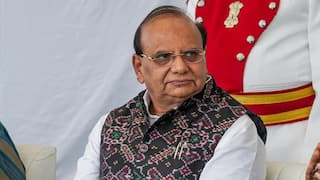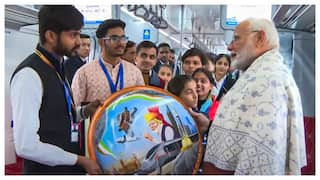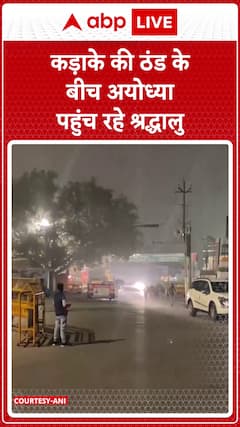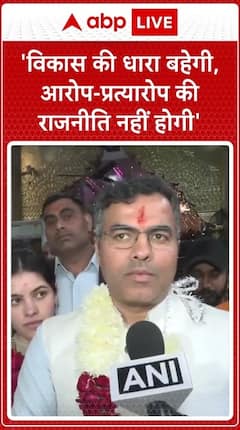Navratri Celebrations 2022: Rituals That Make Nine Days Of Celebrations Special
All across India, a wave of happiness and joyful mood can be felt. Devotees take full advantage of these nine days, during which they become completely absorbed in their love for the Goddess.

New Delhi: Navratri is observed twice a year in India, in Ashwin (September–October) and in Chaitra (March–April) . The event honours the Goddess Durga, the ultimate feminine force in the cosmos, according to Hinduism. The nine days of celebrations honour goddess Durga in her nine different manifestations.
All across India, a wave of happiness and joyful mood can be felt. Devotees take full advantage of these nine days, during which they become completely absorbed in their love for the Goddess. They may be seen chanting hymns, dancing to the rhythms of the garba and dandiya, or jiving to the bhents that are sung throughout the Jagrans.
Rituals that are followed during Navratri:
There are several rituals connected to the festival of navratri. People observe a nine-day fast, execute several rituals such as the Navratri Ghat Sthapana, Kanya Puja, Durga Aarti, Durga Chalisa, Durga Kawach, and Durga Saptashathi Path, and take part in the Dandiya and Garba raas. To appease the Goddess, people perform the navratri jaware visarjan and Durga visarjan rituals at the conclusion of the festival.
1. Ghat Sthapna Puja-
This is the first ritual performed on the first morning of Navratri. The Ghat Sthapana ceremony entails placing an idol or photograph of the goddess at the location for nine days of worship. The ritual also includes Kalash Sthapna, in which a metal or clay pitcher is adorned with mango leaves and topped with coconut. Family members or the staff (in the case of Public Setups) should prepare early in the morning, establish the idol or portrait of the Goddess, and ask her to bless them with wealth and happiness.
2. Durga Aarti-
The sacred hymns must be performed twice daily to the goddess at the site of installation. The Aarti is best performed early in the morning and late evening. Because of the large number of individuals who attend public events, the area around the Aarti becomes wonderful oblivion for everyone. Durga Aarti is recited every day during Puja.
3. Durga Saptashati Path-
The respected book of Durga Saptashati is read by sitting affront the establishment. The poem includes the goddess's sayings and teachings in her own words. She teaches the devotees about living a blameless life and doing things that please her. The book is sacred and should be treated with reverence and love.
4. Kanya Pujan ritual-
On the seventh, eighth, and ninth days of Navratri, people bring little girls from the neighbourhood and offer them halwa, puri, and chane (grams), which is considered the Goddess Almighty's favourite dish. People lean down to touch the girls' feet after feeding them to seek their blessings. The girls are also given handkerchiefs and money, as well as other cosmetic accessories like earrings, bangles, and other items.
5. Navratri fast-
Many individuals begin their Navratri fasts after doing Ghat sthapana at home, conducting Durga aarti, and reciting mantras. Some individuals fast for nine days, while others just fast on the first and concluding days.
6. Dandiya Dance and Garba Raas-
Dandiya and Garba dances are performed in honour of Goddess Durga, and these dance styles stage a mock conflict between Goddess Durga and Mahishasura, and are also known as "the sword dance."
7. Navratri Jaware Visarjan-
During the Ghat Sthapana rite on the first day of Navratri, worshippers bow the seeds around the Kalash. These seeds will mature into Jaware after nine days. People worship the goddess and take the Jaware for visarjan on the last day of Navratri. Devotees immerse these Navratri Jaware in rivers or place them under Peepal trees.
8. Durga Visarjan-
On the tenth day of Navratri, the Durga visarjan ritual is performed. During the Navratri celebration, large pandals are built and gigantic idols of goddesses are placed within them. People immerse these idols in a river or pond at the end of Navratri.
9. Satyanarayan Katha-
During the festival, people organise a Satyanarayan katha for peace and prosperity, in which they ask the Vishnu descendent Lord to pardon their faults and provide them prosperity. A sacred pyre is lighted, and offerings known as "aahutis" are made by those hosting the Katha, accompanied by the priests' vernacular hymns (pandit).
10. Chowki and Jagrans-
Devotees become lost in the sound of the bhents, or devotional songs, sung at the Chowki and Jagrans organised by individuals during Navratri. Although such an event may be organised at any time, the mood is absolutely exhilarating when the celebrations are centred on pleasing the Goddess. It's impossible to keep one's feet from tapping about at the sound of the Punjabi dhol in and of itself, but when combined with a sense of devotion to the almighty goddess, the sensation is otherworldly.
Trending News
Top Headlines








